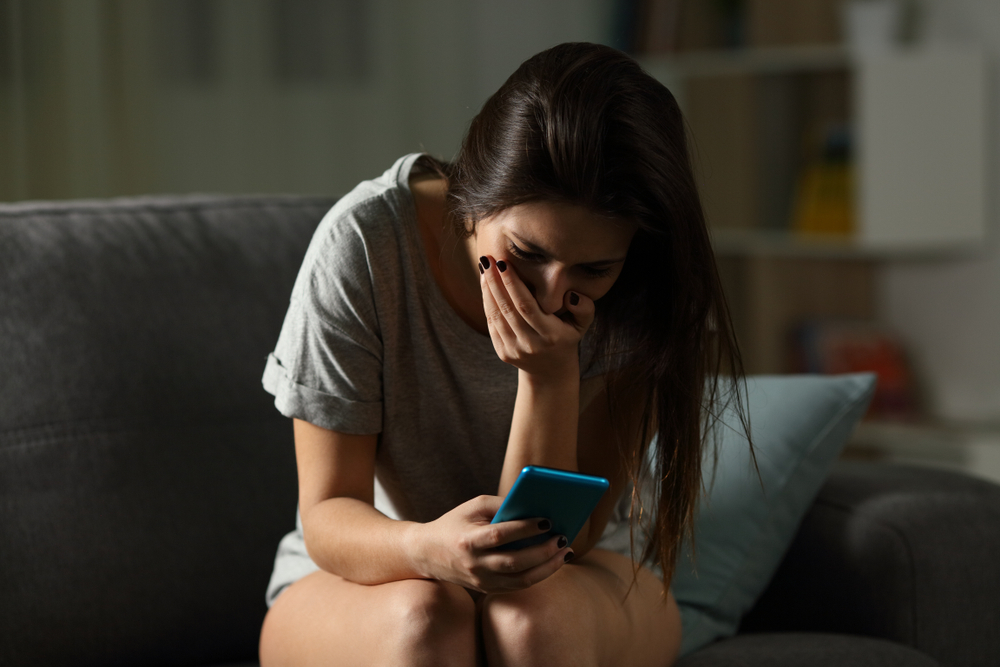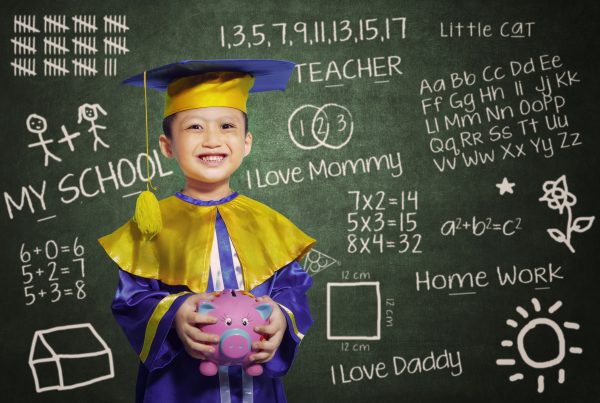Sexting involves taking self-made naked or partially naked sexual photos, videos or explicit texts and sending them online or via a mobile phone. They are more commonly referred to as “nudes” or “dick pics” by young people.

A 2021 survey of almost 7,000 Australian teenagers (aged 14 to 18) found sexting was “ordinary practice” for young people. Of those surveyed, 86 per cent reported they had received sexts and 70 per cent said they had sent them.
Our new research explores Australian teens’ experiences with sexting and sext education.
We conducted 49 interviews with 30 young Australians (aged 11 to 17), with 19 repeat interviews a year later.
Our findings show how current messages to simply avoid sexting do not work for young people. While the risks should be acknowledged, education should also include how to be respectful and safe with sexting.
What are the laws around sexting?
In most states and territories in Australia, it is legal to have sex when you are 16, but you need to be 18 to sext.
This is because the creation of sexual images of people who are minors is seen as creating child sexual exploitation materials. This is illegal under Commonwealth laws.
This makes sexting between young people under 18, consenting or otherwise, both legally and ethically complex.
States have diverse practices regarding underage sexting (and police and prosecutors have some discretion). But if you are in possession of a naked image of someone under 18 or send a naked image of someone under 18, you are breaking the law. It is even illegal to own a naked photo of yourself under 18, even if that image is never sent to anyone.
Researchers have argued this legal approach to sexting can end up punishing those it is supposed to protect. It also adds to the shaming and fear around sexting for young people.
Our research
Most young people in our study had their first experience of sexting between ten and 13-years-old. In many cases, this was before their first kiss.
But young people in our study said education about sexting in school tends to be based around risks, often in response to a particular incident and is mostly ignored by students. As Max* (12), told us, “it was just basically saying […] ‘don’t send them’”.
Lauren (14) said:
They more veer on the safety side of things […] why nudes are bad […].
She argued this didn’t work.
They [teens] know the warnings, but it just sort of goes in one ear and out the other. I don’t think kids listen to that.
Rightly or wrongly, teens in our study also saw relationships as a safe space for sexting. As Warren (17) noted:
If I was in a relationship, it’s a bit different ‘cause I trust them, they trust me.
This “don’t do it” messaging is akin to abstinence-only sex education, which is widely acknowledged to be ineffective and fails to protect young people from pregnancy and STIs.
In contrast, comprehensive sexuality education has been proven to delay first sexual experiences and increase contraceptive use. This shows offering young people access to important sexual information can protect them.
Young people want to be ‘be prepared’
Teens in our study acknowledged sexting had a “dark side”.
For many, their first sext was an unsolicited image known as “cyberflashing”. Many knew of peers who had their own images leaked by other students without their consent, even though none said this had happened to them. This sharing and leaking of private images has previously been known as “revenge porn” and forms part of an array of behaviours known as Technology-Facilitated Sexual Violence, which is illegal.
Teens wished they had been taught about sexting before encountering it so they could “be prepared”. Secondary school students said sexting education should begin in upper primary school with age-appropriate discussions continuing into high school, where, as Tiffany (15) told us, sexting “happens regularly, daily”.
Lauren said education around how to be respectful and consider issues like consent in online safety was also important:
I think it would be really useful, some people just don’t know, if you send something to someone that it’s obviously ‘private’ […] you just want to share it with that one person.
The UK is changing its approach
Pretending sexting won’t or shouldn’t happen because it is illegal is like pretending no one under 16 has sex, no young teenagers drink alcohol and no one takes illicit drugs. We don’t pretend these behaviours don’t exist: we educate for harm minimisation around them.
Recent guidance to schools in the United Kingdom around sexting reduces the emphasis on legal issues, while attempting to minimise shaming of young people who sext. This approach emphasises young people’s rights and responsibilities to make informed choices over their own bodies and sexual selves.
Indeed, online sex is sex, forming part of a repertoire of sexual behaviours. Offering non-judgmental information acknowledges sexuality as a legitimate part of human development.
What can parents and teachers do?
Parents and teachers can offer balanced information that identifies potential dangers but also acknowledges the reality of young people’s behaviours.
Instead of “don’t do it”, teens may be more receptive to discussions about consent and mutual respect for one another’s bodies as they would (and should) in real life.
If things do “go wrong” there are several services available.
The eSafety Commission acknowledges it is important young people know they can always say no to a request to send nudes, and to avoid sharing intimate images and videos without consent. This is both breach of trust and against the law. It also has advice for when nudes have been shared, if someone is trying to blackmail you over a naked image (“sextortion”) and provides a way to report image-based sexual abuse.
You can also make a report to the Australian Centre to Counter Child Exploitation and US-based site Take It Down
The federal government’s parenting website, the Raising Children Network also offers balanced step-by-step guides if your child is asked to send a nude, receives one or has one shared without their consent.
Above all, maintaining an open dialogue and a shame-free stance will allow young people to feel safe to discuss anything with the adults in their lives. It also helps if teens know parents will help in a crisis, rather than punish them.
*Names have been changed.
Authors
Giselle Natassia Woodley
Researcher and Phd Candidate, Edith Cowan University
Lelia Green
Professor of Communications, Edith Cowan University
This article is republished from The Conversation under a Creative Commons license. Read the original article here.









